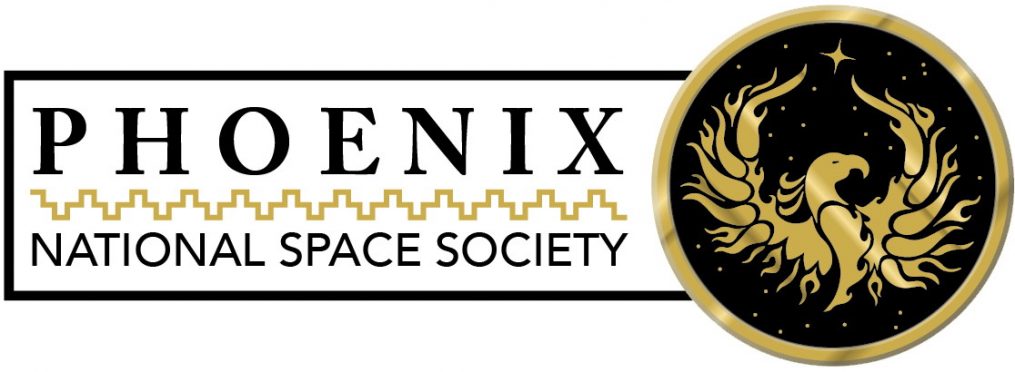|
The European Southern Observatory has released new images of the Pencil Nebula taken by the Wide Field Imager on the MPG/ESO 2.2-metre telescope. The nebula is only 800 light years from Earth, and changes position in the night sky within a human lifetime. Click on the image to see a wide field view of the nebula and its environment. |
Supernova
Oldest Recorded Supernova Remnant
|
In 185 AD, Chinese astronomers recorded a “guest star”. 1800 years later, astronomers determined that supernova remnant RCW 86, located about 8,000 light years from Earth, was the leftovers from the explosion of that “guest star”. Seen from Earth, the remnant is larger across than our Moon. This is two to three times larger than expected for a supernova remnant of this age. That mystery has now been solved with new data from the Spitzer Space Telescope and the Wide-field Infrared Survey Explorer (WISE), as well as previous data from NASA’s Chandra X-ray Observatory and the European Space Agency’s XMM-Newton Observatory. The findings have been published in the Astrophysical Journal by Brian J. Williams, et. al. Williams is an astronomer at North Carolina State University in Raleigh, North Carolina. First, the explosion was a type 1a supernova. X-ray data from Chandra and XMM-Newton showed that the remnant contained a large proportion of iron, typical of a type 1a supernova. Second, it seems likely that the remnant rapidly expanded into a “cavity” in space, thus greatly exceeding the usual progress of explosion material. The cavity was the result of a stellar wind blown by the late stages of the star prior to it becoming a white dwarf. This is unusual, and normally only seen in core-collapse supernovae (type 1b and 1c). In the image above, red is associated with the dust in the blast wave of the supernova, dust in the background are yellow and green, and stars are blue. |
NuSTAR Launch Postponed
|
Testing of flight software with the new flight computer on the Pegasus XL rocket has pushed the launch of NASA’s Nuclear Spectroscopic Telescope Array (NuSTAR) spacecraft beyond the March 2012 window available at the Reagan Test Site on the Kwajalein Atoll in the Marshall Islands. The next available window is within two or three months, at most, but negotiations are ongoing. NuSTAR is designed to measure high-energy x-rays, which will allow for more detailed and sensitive study of black holes, high-speed energy jets, neutron stars and supernova remnants. NuSTAR uses advanced optics and detectors to observe some of the hottest, densest and most energetic objects in the universe. |



